PMO CORNER
Solving a cabling conundrum in the West Village
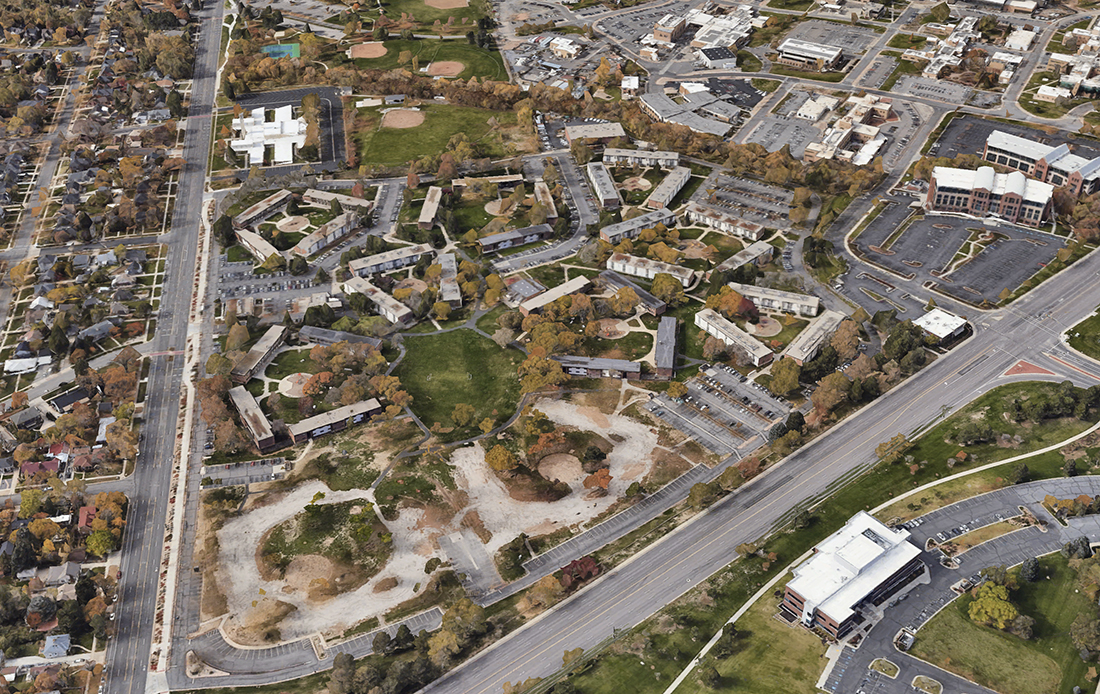
The West Village apartments, shown in the lower left of this image generated by Google Earth, is part of a major multi-phase student housing renovation project taking place on south campus.
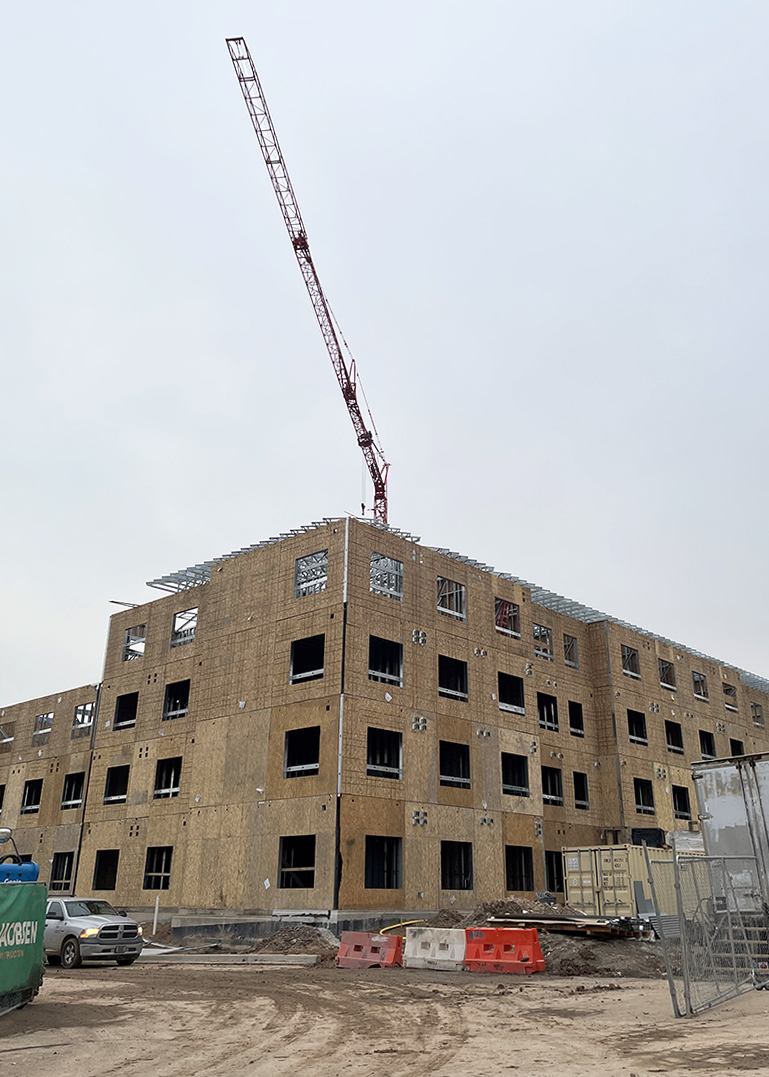
The West Village construction site on December 7, 2020.
A major student housing renovation project in the University of Utah’s West Village continues to progress, with UIT leading critical IT infrastructure efforts.
“Housing’s such a huge issue for students,” said David Craig, IT project manager with the UIT Project Management Office. “There are several housing entities across the university that are really busy right now trying to accommodate growth and student needs.”
University Student Apartments (USA), a division of Auxiliary Services, operates the Medical Plaza apartments south of the Health Sciences campus, as well as the East and West Villages located approximately 1 mile south of main campus along Sunnyside Avenue. The villages, situated on the east and west sides of Foothill Drive, are grouped into “courts” designed around open spaces and playgrounds, and geared toward upper division undergraduate students with families and graduate students.
“Thousands of students and their families have resided in these apartment communities for the last 60 years,” said Jennifer Reed, associate vice president of Auxiliary Services.
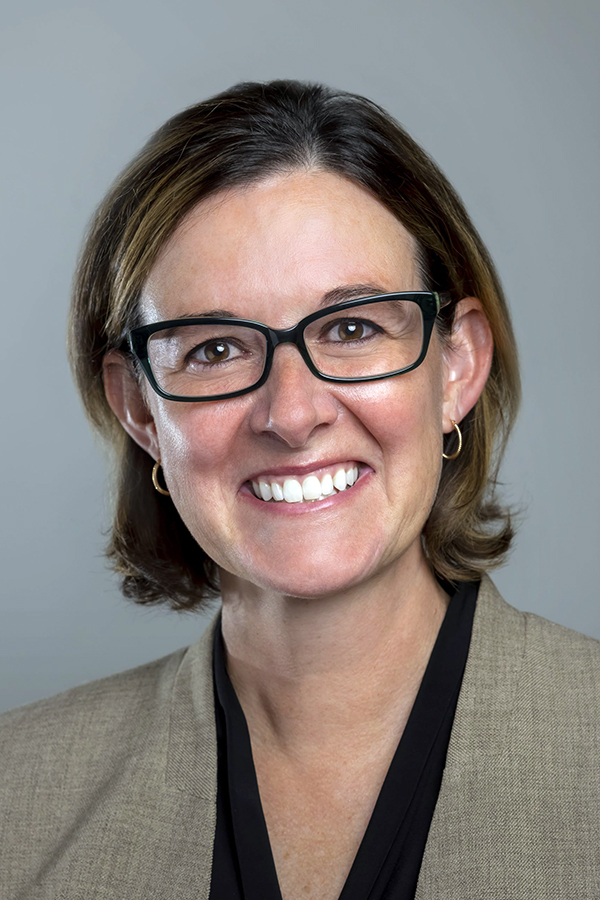
Jennifer Reed, associate vice president, Auxiliary Services
According to Reed, the three sites collectively house approximately 2,000 students and their family members this fall. Thirty percent of residents are undergraduates, 55% are graduate and doctoral students, and 7% are medical students. Of these, 43% are international students from 54 countries.
After years of discussing the possibility of refurbishing or replacing the East and West Villages, which were constructed in 1960-61 and 1970-71, respectively, the university in 2021 received $125.8M in bonds from the Utah Division of Facilities Construction and Management to be repaid from apartment revenues.
The decades-old buildings have several deficiencies, which include aging mechanical, plumbing, and electrical systems; mold issues; and out-of-date seismic infrastructure, according to Reed.
The project, managed by U’s Planning, Design and Construction (PDC) Team, involves several phases over the next eight years. The West Village part of phase one construction began in fall 2021 with 504 new apartments, to be named Sunnyside Apartments, which should be open to students by August 2023, Reed said. The remaining apartments in the West Village, East Village, and Medical Towers will be vacated and demolished over the next eight years, according to the PDC, with 1,094 total apartments over the three sites to be removed by 2030.
“These phased closures have been and will continue to be challenging for Auxiliary Services because the aging utility infrastructure service to the buildings that remain occupied must continue to be operational as new utility infrastructure is run into the site for the new construction,” Reed said. “UIT is critical in helping to coordinate a plan to allow communication services to continue to the older courts remaining on the north end of the West Village site.”
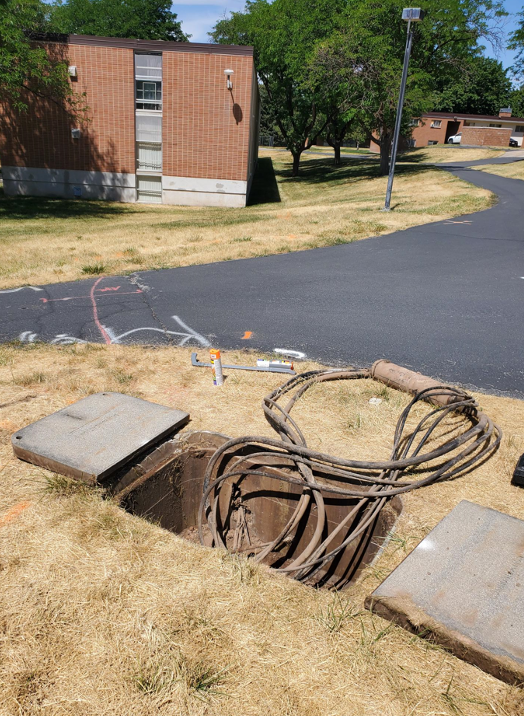
The UIT Cable Plant team spent long days at the height of summer locating the West Village's original cabling (photo courtesy of Tim Goodale).
A central focus for UIT this past summer was the time-consuming task of locating all the original cabling.
“Finding those underground pathways was the hardest, and frankly, most confusing part,” Craig said. “[UIT’s Cable Plant Team] worked miracles. They spent countless hours onsite during a brutally hot time of year to ensure that students would continue to have services throughout the building phases. If all the buildings came down at once, the cabling could be disconnected, redesigned, and installed in a routine way, but in a phased project like this, a considerable amount of pre-planning is needed to prevent service interruptions.”
Tim Goodale, senior product manager for the Cable Plant Team, said the original cabling consisted of “direct-burial” phone cables installed and owned by the telephone company, intermingled with university-provided digital subscriber line (DSL) cables that provide internet access over voice lines. As technologies evolved, Goodale said, Comcast added more direct-burial and building-mounted cables to deliver service.
“Fast forward to today,” Goodale said, “we have three communication cable systems feeding from three locations, directly buried in the ground throughout the entire complex. This creates a significant problem for delivering service to remaining buildings when the old cables are removed. Because the exact location of the buried cables wasn’t documented and we didn’t have a complete understanding of how the buildings connect to each other, my team worked countless hours in the hottest days of the summer to locate the university-owned cable.”
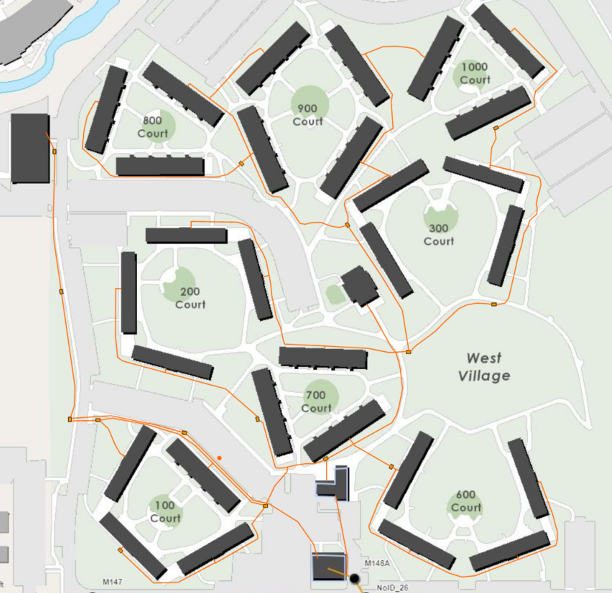
Map of the West Village after cable pathways were identified (image courtesy of Tim Goodale).
The process of locating cables in the ground, Goodale said, is arduous. A signal generator induces a tone on the cable without disrupting services. That signal, he said, can then be traced by a receiver to identify where the cable is located.
“Tracing the signal is as much of an art as it is a science,” Goodale said.
The induced signal, he said, can bleed over to surrounding irrigation pipes, tree roots, ground water, and other cables. When a cable is directly buried, “the bleed-over is more pronounced.”
“The person using the receiver and marking the ground with paint has to be experienced at recognizing the signal differences,” Goodale said. Knowing the depth of the cable is also important. To determine depth, the precise location of each cable must be identified, and signal strength degradation measured. After the 300 and 400 court buildings were removed, Goodale said it took the UIT Cable Plant Team several days to determine cable routes for the remaining buildings.
“Identifying the cable paths and connections provided the information necessary to plan construction schedules and develop plans to keep services active to the remaining buildings,” Goodale said.
Node 4
Our monthly newsletter includes news from UIT and other campus/ University of Utah Health IT organizations, features about UIT employees, IT governance news, and various announcements and updates.
